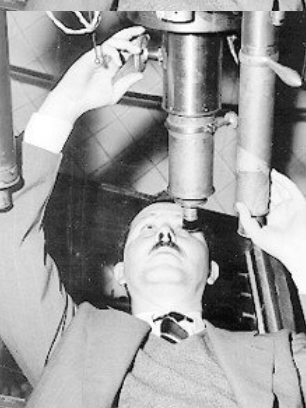The starry biography of Mexican astronomer Guillermo Haro Barraza
A man is said to be great in science if he has three good ideas. If he has more than four, he could be compared to Newton. In the case of Guillermo Haro, he had more than four fantastic ideas since he explored the sky.





